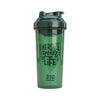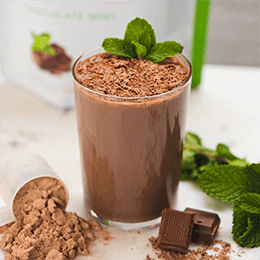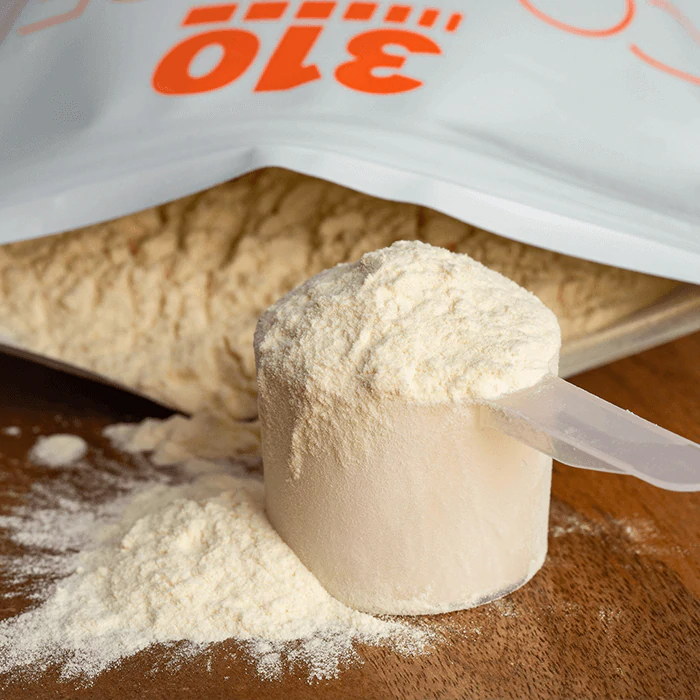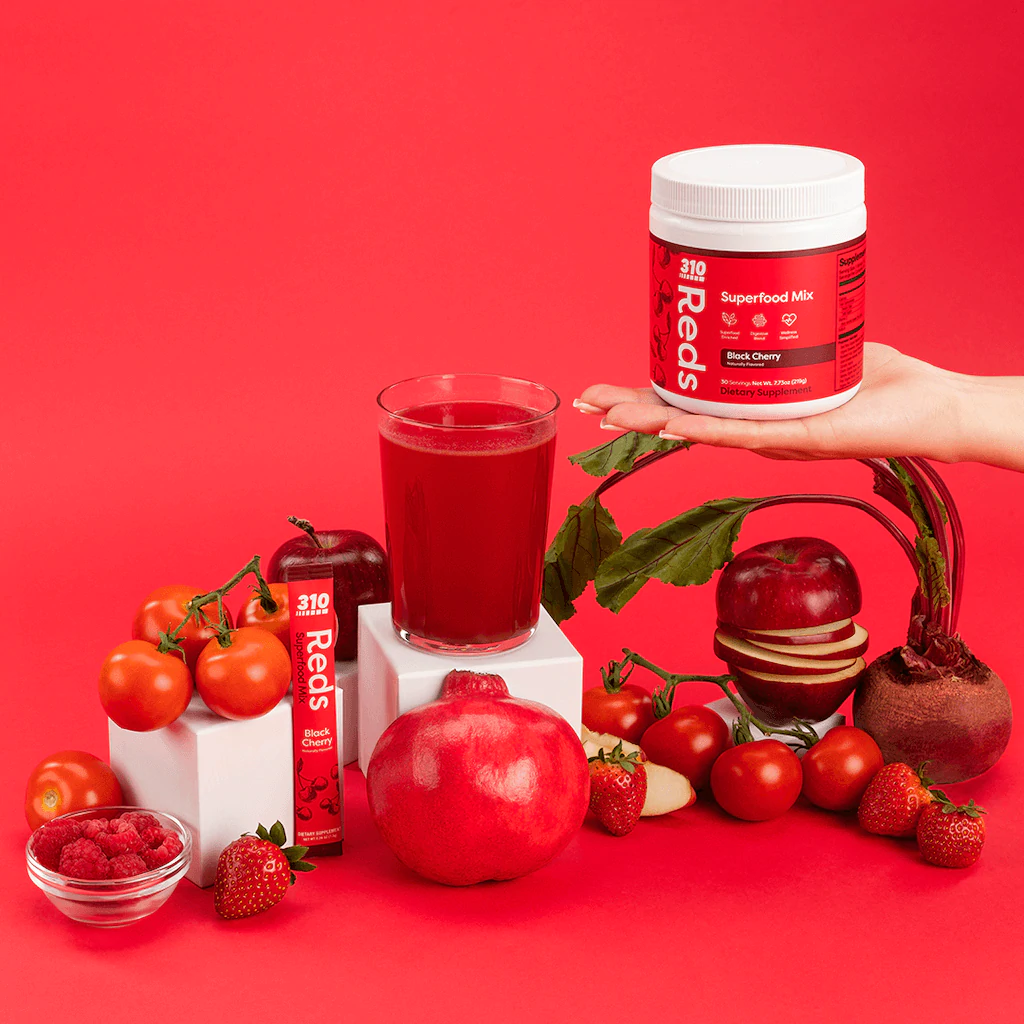We all have an idea of what “fat” entails.
It’s that thing found in foods that are bad for you, that thing you want to avoid if you’re trying to lose weight. Avoid fat in food, avoid fat on your body. It seems so simple but unfortunately isn’t quite so straightforward. Eating foods containing fat definitely doesn’t automatically result in a heavier frame and avoiding fats doesn’t guarantee weight loss or a healthier body.
For that matter, not all fats are bad; in fact, certain fats are actually good for you and a necessary part of a healthy diet. Understanding what a healthy fat intake is and where that fat comes from is a tedious and bothersome endeavor. It’s no wonder people prefer to avoid them all together – which so much else going on throughout the day, it’s one less thing to think and worry about.
Some Fats Really Are Bad…
Though the logic that “fat in my food equals fat on my body” is a bit off, there are still some fats that are harmful to your health. One such fat is trans fat, consumption of which increases the amount of bad cholesterol in the bloodstream, also known as LDL cholesterol.
It’s linked to heart disease, stroke, and diabetes. Trans fats also contribute to the reduction of good HDL cholesterol. Reduction of good cholesterol and increase of the bad? Sounds like a recipe for disaster. The jury is still out on saturated fats. Until recently, researchers were firm that consumption of saturated fats was associated with increased risk1 of heart disease. However, it now appears that there is no correlation.
Doctors still recommend that we limit our intake of saturated fats, as they raise both good and bad cholesterol levels. In this case, the benefits don’t necessarily outweigh the risks.
Foods with Trans and Saturated Fats
The recommended daily intake of saturated fat is no more than 10 percent of your daily total of calories. The recommended amount of trans fat2 is the lower, the better.
On labels, trans fats may be disguised as “partially hydrogenated,” so take care to be wary of that. Some such foods with trans fats3 are candy bars, pre-packaged baked goods, snack foods, and fast food. Foods containing saturated fats4 are high-fat cuts of meat (with a white and red marbled texture), ice cream, butter, and cheese, just to name a few.
Some Fats Are Good...
Many foods are marketed as “low-fat” options to appeal to dieters and the health conscious. While the low-fat or fat-free promises are true, brands change up the recipe a bit further, adding more sugar5 or other ingredients in an attempt to compensate. Low-fat and fat-free don’t mean healthy.
Fat is a necessary ingredient in your body’s ability to absorb many different vitamins and minerals that are vital to your well-being. Monounsaturated and polyunsaturated fats are two of those good fats, as well as omega-3s.
Fat is Neccessary
Monounsaturated fat6 also improves blood cholesterol, which can decrease the risk of heart disease. Research shows that this kind of fat can also be beneficial to helping control insulin levels, which is beneficial for those who have type 2 diabetes. Polyunsaturated fats are necessary7 for the body to clot blood, control inflammation, and muscle movement. It also improves good LDL cholesterol, making it beneficial in multiple ways. Omega-3 fatty acids are a kind of polyunsaturated fat. It may reduce8 the risk of coronary artery disease (damage to the major blood vessels)9 and lower blood pressure. It’s recommended that fats make up between 20 to 35 percent10 of an adult’s total daily caloric intake.
Instead of eating high-fat cuts of beef, switch to a lean cut. The leanest cut of beef is the eye round roast, which has only 1.4 grams of saturated fat. Switch out fried chicken for fresh fish and instead of butter, use oil. When in doubt, avoid processed, prepackaged foods like cookies and chips.
Despite the public’s confusion about fat in food, it’s clear now that there are fats that are not only good for you, but a necessary part of a healthy diet. We also now know that there are certain fats that are downright dangerous to consume because of the serious negative effects they have on the heart.
In Conclusion
By gradually improving the types of foods (and fat) you allow into your diet, the more your health will improve and the easier these choices will become.
Sources:
1. http://www.ncbi.nlm.nih.gov/pubmed/200716482. http://www.mayoclinic.org/healthy-lifestyle/nutrition-and-healthy-eating/in-depth/fat/art-20045550?pg=2
3. http://www.helpguide.org/articles/healthy-eating/choosing-healthy-fats.htm
4. http://www.helpguide.org/articles/healthy-eating/choosing-healthy-fats.htm
5. http://www.telegraph.co.uk/news/health/news/10668189/Low-fat-foods-stuffed-with-harmful-levels-of-sugar.html
6. http://www.mayoclinic.org/healthy-lifestyle/nutrition-and-healthy-eating/in-depth/fat/art-20045550?pg=1
7. http://www.health.harvard.edu/staying-healthy/the-truth-about-fats-bad-and-good
8. http://www.mayoclinic.org/healthy-lifestyle/nutrition-and-healthy-eating/in-depth/fat/art-20045550?pg=1
9. http://www.mayoclinic.org/diseases-conditions/coronary-artery-disease/basics/definition/con-20032038
10. http://www.cdc.gov/nutrition/everyone/basics/fat/index.html?s_cid=tw_ob294
11. http://www.helpguide.org/articles/healthy-eating/choosing-healthy-fats.htm















